We often talk about how drones should be considered tools that provide users with something to solve a problem they actually have, rather than being a technology that needs to find a problem to sort out. Thinking of technology as a toolset for developers, integrators, and operators to create what they truly need defines the mindset of the Dolunts® team and the drone system they have created.
The Dolunts® system is a GPS-free drone platform designed for continuous flight with real-time AI navigation and hands-free energy management. It's a modular system that adapts to specific customer needs through APIs, partner modules, and mission-specific AI. The core problem it solves is overcoming the limitations of battery life in traditional drone systems, enabling nonstop missions without charging delays.
To learn more about the specific end-user problems they were you trying to solve, we connected with Nikita Loktev, CEO of Dolunts. We discussed whether or not their drones represents a “complete” solution, what makes it truly different and more.
Commercial UAV News: What does “value around the clock” mean to you in a practical sense? How have you seen users track or quantify that sort of value?
Nikita: “Value around the clock” means your drone system doesn’t take breaks—and doesn’t force your operations to wait. Most industrial drones are grounded every 15–30 minutes for charging or manual battery swaps. We eliminate that constraint by enabling fully autonomous, robotic battery replacement, allowing our systems to operate continuously, without human intervention. Each one of our docks holds up to 12 pre-charged batteries and performs fully robotic swaps in under 30 seconds.
When power runs low, a drone automatically returns, swaps its battery, and resumes or hands off the task. This model supports mission chaining and parallel fleet coordination, with no technician required on-site.
In practical terms, Dolunts® is a way for businesses to finally implement a customizable, continuously-operating drone + software stack that fits their exact use case. Whether it’s fire detection in energy facilities or real-time audits in logistics, we give teams a platform that never pauses for charging and can responds to task changes on the fly. These docks are designed for fleet-level autonomy, not just individual drone charging.
Additionally, because it can integrate with business logic through APIs, the flexibility of our platform is what makes the system truly valuable. That’s not just about flight time, but the ability to align the system to real-world workflows instead of asking businesses to conform to a rigid product. That’s the difference between shipping a product and delivering autonomy that serves actual needs.
“What makes Dolunts different is that we’re not trying to retrofit drones into workflows — we’re building autonomous systems that fit. Our job isn’t to create eye-catching flights. It’s to deliver actionable data, zero-downtime infrastructure, and real-world autonomy that businesses can build on.” Loktev told Commercial UAV News.
Do you talk about the product as a "complete" drone solution? How were the three key components of the systems integrated with one another in a way that ensures users won't have to sort out such integrations for themselves?
We don’t pitch Dolunts® as a fully finished “solution.” It’s a tightly integrated platform in development, structured around long-term modularity and ease of adoption.
What makes it complete in architecture—but open in application—is that all three of those components were built to work together from day one:
- The drone is equipped with indoor-grade SLAM and AI vision
- The dock autonomously swaps batteries in <30 seconds
- The software layer handles orchestration, data capture, and remote mission control
We handle the system integration internally, so users and partners don’t have to stitch together different vendors or resolve compatibility issues. At the same time, we offer open APIs and a partner SDK—so while the core works out-of-the-box, the edge is yours to define.
What are the capabilities and limitations around how your system can work with other pieces of software? Is there a defined process to integrate your system with existing workflows in a customer's environment?
Yes. We provide a structured SDK, a RESTful API suite, and ready-to-use templates for integrations with WMS and logistics platforms, public safety control rooms and infrastructure monitoring tools. These same templates can also be utilized for enterprise ERP or AI systems
Partners can build their own control layers, dashboards, or automation routines on top of our core. We’re not locking customers into a UI—they can own the orchestration while we provide the autonomy backbone.
Limitations? We’re focused on industrial deployments. Consumer-tier plug-and-play apps aren’t a priority but if a team has IT capacity or integrator support, they can deploy us into their environment without rearchitecting it.
What is the typical deployment timeline for new customers? What does your training and ongoing support look like?
Most initial deployments take 6–12 weeks, depending on site readiness, IT integration, and regulatory approvals.
We don’t require formal training. Instead, we provide step-by-step video tutorials, documentation for operators and IT leads and preconfigured mission templates for first deployment. Additionally, our ongoing support includes remote diagnostics, firmware and feature updates and email-based technical support. Enterprise SLA is also available for anyone that needs it.
Ultimately, the system is built for teams who want results, not a training burden.
Why is the assembly of your product in the U.S. with U.S.-sourced components so significant? What are the implications of this in terms of supply chain security and regulatory compliance?
It’s significant because 80% of commercial drones in the U.S. today rely on Chinese components—many of which are restricted under NDAA regulations or create cybersecurity concerns.
By assembling in the U.S. and sourcing our compute, sensors, PCBs, and dock components domestically, we ensure independence from Chinese supply chains as well as eligibility for defense and government procurement. That approach also enables resilience against export restrictions or geopolitical disruption.
Those points underscore that this isn’t just about marketing for us. Instead, it’s about building infrastructure that’s safe, sovereign, and dependable.
What’s one thing you want people to know about how your drone system is distinct from alternatives in the market?
We’re not selling drones. We’re building a real-world autonomy platform that lets others build what they need—on top of reliable vision, localization, and battery automation.
Unlike boxed systems or niche tools, Dolunts® offers a modular SLAM + vision core as well as a robotic dock with industrial battery swap. On the software side, our open stack for partners and integrators means our system isn’t locked to one use case. It’s built to support many—and evolve with them.
We’re not forcing a finished solution into the market. We’re giving the market a foundation it can grow on.


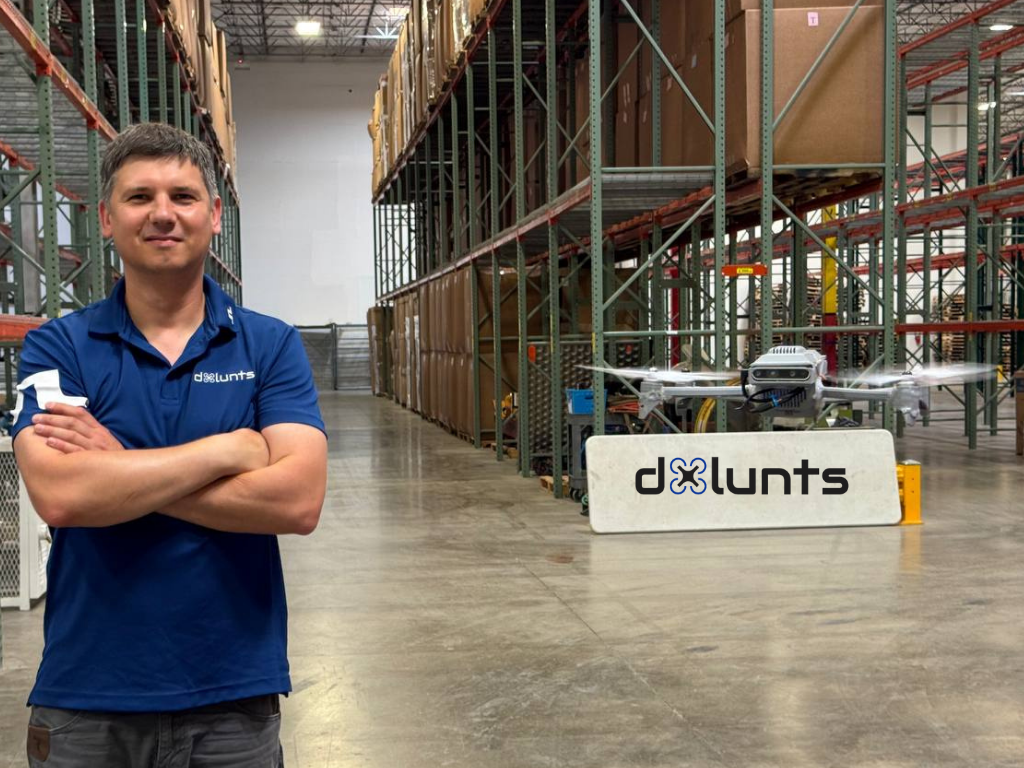


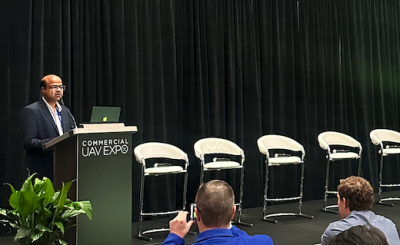

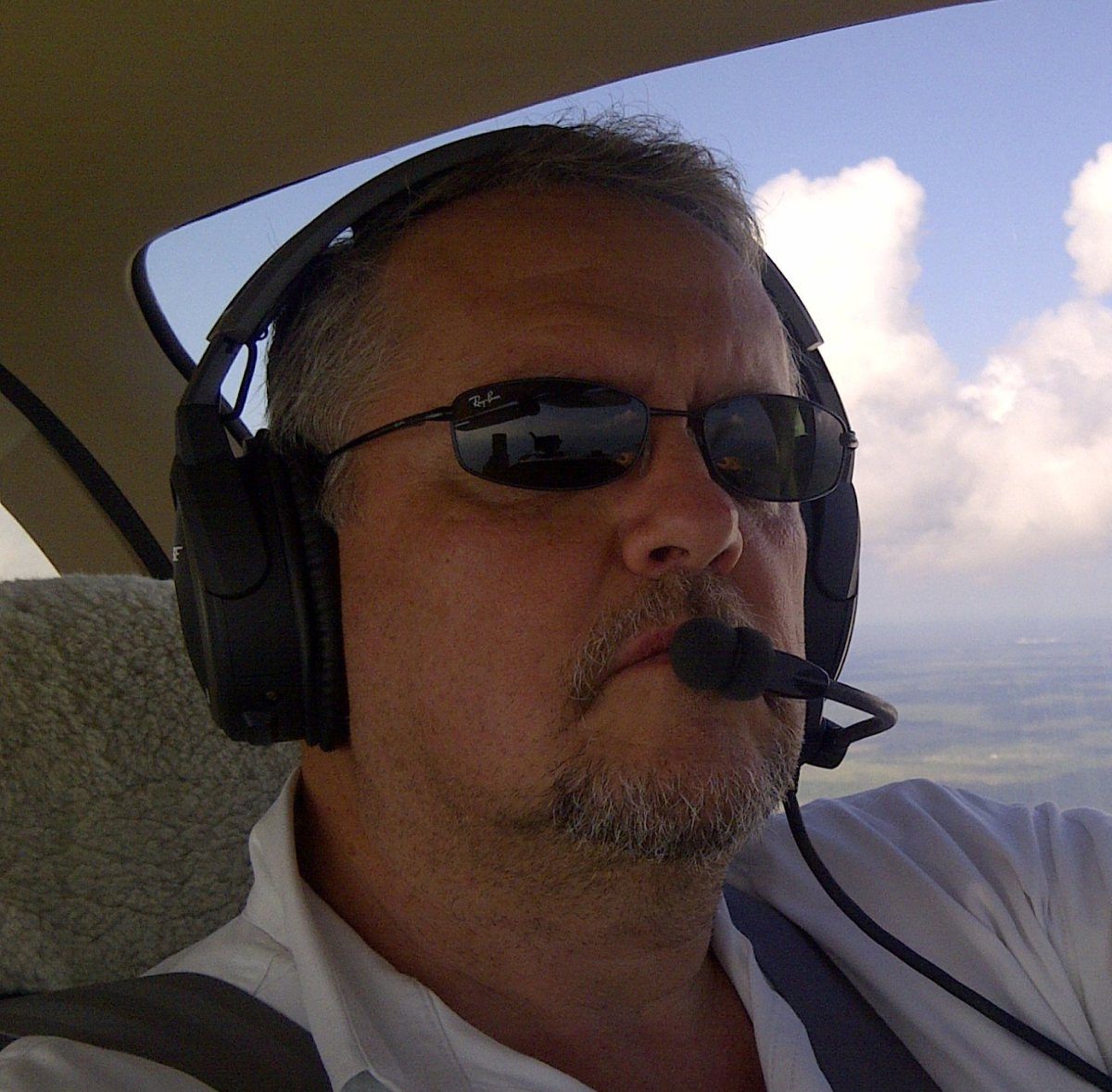





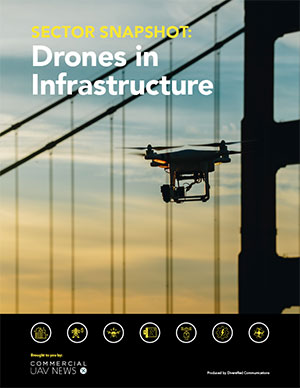
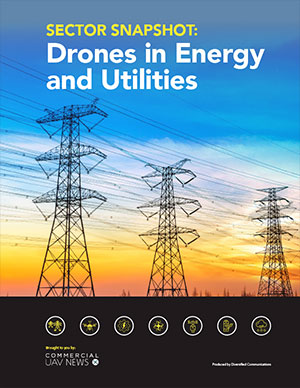

Comments